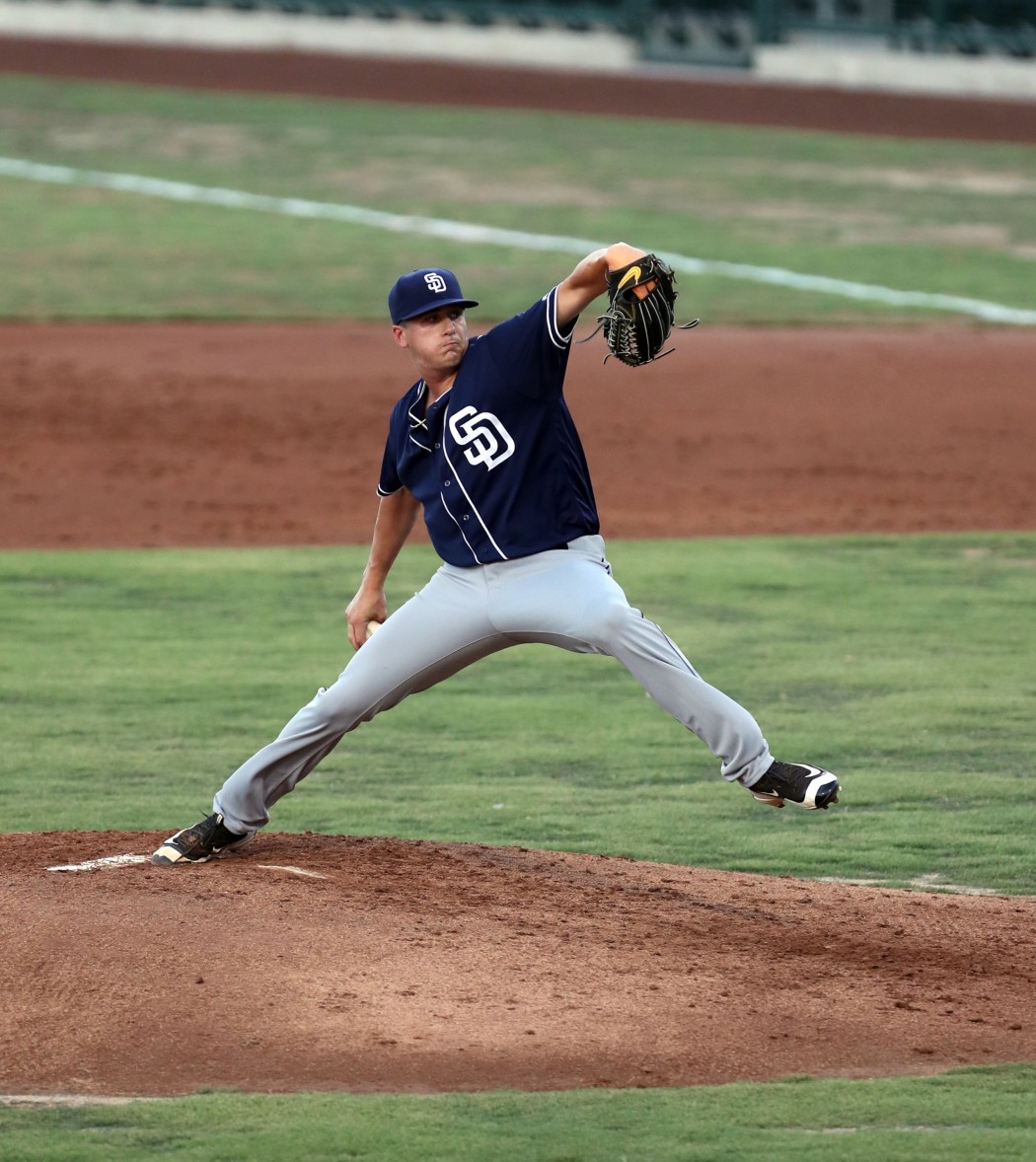Feature Photo: Cal Quantrill, RHP, Padres
What players caught the eyes of Nick J. Faleris and Dave DeFreitas as candidates to have breakout seasons in 2017? They both take a look at eight prospects who could take big developmental jumps next year.
 Erick Mejia, SS/2B, Dodgers (High A Rancho Cucamonga, California League)
Erick Mejia, SS/2B, Dodgers (High A Rancho Cucamonga, California League)
Ht/Wt: 5’11”/155 B/T: S/R Age: 21 yrs, 10m
If it wasn’t already apparent, the Dodgers are well in the lead to win the 2015 off-season trade with the Mariners in which they got Mejia for RHP Joe Wieland. After a rough start to 2016 at High A Rancho Cucamonga, Mejia turned in a very solid second half of the season, and he now looks primed to establish himself as one of the top middle-infield prospects in the Dodgers’ system. His high-energy style of play meshes well with his tool set, and while he doesn’t project to hit a lot of long balls, he showed consistent gap power from the left side of the plate all season. I put a Role 40 on him earlier this summer, seeing him as a super-utility type player that would contribute with his speed and plus arm. However, the bat has continued to come along and the emergence of consistent gap-to-gap ability probably puts a Role 40 projection on the low side of what he is capable of. He did commit 41 errors in 2016 (38 of which came at shortstop), so he has some work to do to sure up his defense—but the 60-grade arm and above-average range give him at least a chance to improve enough to handle shortstop on a regular basis. Mejia really struggled with his timing and footwork when at short in my looks, which led to a lot of the throwing errors. But the quickness is there, and now that he has strung together a full season, I anticipate his game clock showing dramatic improvement and leading to a better defensive rhythm in 2017.
At the plate, the 12 triples and 18 doubles were a nice surprise for the Dodgers, and the XBH’s far exceeded any totals he’d put up in prior seasons—he is also not yet 21 years old, so I see him getting a bit stronger over the winter as well and heading into 2017 in great positon to build off of those “damage” numbers. My guess is that the Dodgers will continue to shuttle him back and forth between shortstop and second base (and maybe even play some center field) due to the bump in value that his multi-positon capability gives him, but the bat will be a separator for him, and it should propel him up the organization’s rankings fairly quickly in 2017. I had his ceiling at 45 in May of this year, but chances are that the Dodgers have a solid Role 50 player on their hands, with offensive capabilities that compare well to Eric Aybar (SS, Tigers) at the major league level. – Dave DeFreitas
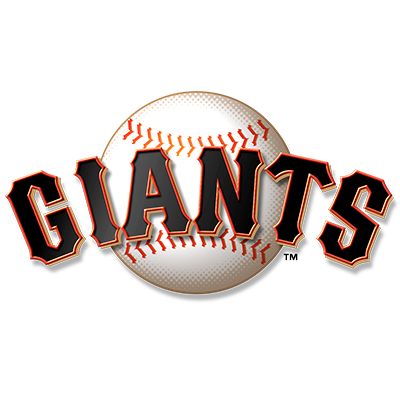 Steven Duggar, CF/RF, Giants (Double-A Richmond, Eastern League)
Steven Duggar, CF/RF, Giants (Double-A Richmond, Eastern League)
Ht/Wt: 6’2”/195 B/T: L/R Age: 22 yrs, 10m
So there was some surprise, and got a couple quizzical looks from scouts, when I slapped a Role 60 ceiling on Duggar at the end of May after seeing him in a High A California League series vs. Rancho Cucamonga – and that’s fair. Projecting him as a Role 60 talent would put him squarely in a minority of sixth-round picks in recent history. But this kid has shown the tools to back it up as the season progressed.
A plus athlete, he does a lot of things very well, and he should start seeing his improved strength translate to better power numbers now that he grinded his way through his first full professional season.
Shortly after I saw him, he was promoted to Double-A Richmond and his performance there did little to damper my opinion of his projection. While the power fell off a little bit at the Double-A level, the 1.5 SO:BB ratio at High A didn’t change much over about the same number of at-bats at Double-A (1.8) and his OBP actually went up slightly, from .386 to .391. So the solid contact remained, and it’s something that will position him well to continue this offensive progression next season.
Duggar’s short, quick stroke and his ability to use the whole field – coupled with his high contact rate – screams doubles potential. He has already shown the ability to adjust to the level, and the power is usually the last thing to show up as hitters advance. He is also playing a premium position in center field and looks more than capable of staying there at the major league level. The above average arm and plus run give him a lot to work with as he learns to get more consistent reads off the bat.
I assume Duggar will hit instructional league in Arizona later this month and seems like a solid candidate for an invitation to spring training next March. Assuming all that goes well, I look for him to start 2017 back in Richmond and really hit the gas in his second full professional season. He is a bit under the radar right now, but that shouldn’t last much longer. If he repeats the high batting average (.321 through 243 Double-A at-bats in 2016) and shows the jump in SLG that I anticipate, there is a good chance he becomes a real contributor in the big leagues next summer, giving San Francisco an answer to Diamondbacks center fielder A.J. Pollock. – Dave DeFreitas
 Josh Sborz, RHP, Dodgers (Double-A Tulsa, Texas League)
Josh Sborz, RHP, Dodgers (Double-A Tulsa, Texas League)
Ht/Wt: 6’3”/225 B/T: R/R Age: 22 yrs, 9m
In his first full professional season, Sborz made good on the Dodgers’ desire to develop him as a rotation piece. At draft time in 2015, there were many who questioned whether the former UVA standout was best suited in the pen or the rotation – a question that perhaps led to him being available in the CBB round (#74 overall). He has always had power stuff—sitting 93 mph for me with the fastball, but up to 96-to-97 mph for some of our other scouts later in the summer – and began showing the awareness to throttle up and back effectively with his secondary stuff. He throws a lot of strikes and is not scared of contact, but one of his biggest obstacles was how well he’d be able to apply the off-speed stuff to keep hitters off the fastball and hard slider. He is around the zone pretty consistently and can get predictable at times, so that feel out of the zone, and being able to generate some chase and/or soft contact when up in the count, is especially key going forward. Sborz was right at a strikeout-per-IP in 2016, so the swing-and-miss capability is there, but what was most impressive to me was the ability to limit the hits in the offense-heavy California League (88 hits over 108.1 IP). He will need to utilize his angle a bit more and do a better job of keeping the ball on the ground in 2017, but nothing he throws is straight and he has a definite extra gear when needed, so the ingredients are there for him to make those strides. I have him as a Role 50 #4 starter, but some of that had to do with his inability to use the changeup in my looks.
He was called up to Double-A Tulsa in August, but was used out of the pen in his 16.2 innings – a move that I assume was designed to limit his workload, while still giving him a taste of the next level. He may head to instructs later this month, or the Dodgers may choose to let him go home and rest – either way, he is in a good position to lead that Tulsa staff in 2017 and establish himself as one of the better starting pitching prospects in the game. – Dave DeFreitas
 Cal Quantrill, RHP, Padres (Class A Fort Wayne, Midwest League)
Cal Quantrill, RHP, Padres (Class A Fort Wayne, Midwest League)
Ht/Wt: 6’2”/165 B/T: R/R Age: 21 yrs, 7m
One of the most electric arms in the 2016 MLB Draft class, Quantrill spent his spring concluding his recovery from Tommy John surgery and has been eased into life at the professional ranks. The Stanford righty logged five starts apiece at the Arizona complexes and with Short-Season A Tri-City before concluding his season with a pair of starts for Class A Fort Wayne. While the stat sheet shows mixed results, the stuff was undeniable, making Quantrill one of the more exciting arms to key in on for the 2017 campaign.
Quantrill’s arsenal starts with a low-to-mid 90s heater that comes with some arm-side life. Prior to his surgery, Quantrill was surgical with the offering, working to all four quadrants with ease and showing a high level of comfort with the pitch. Both his curveball and changeup can work as plus offerings, as well, with the former showing impressive depth and hard bite, and the latter benefitting from hard, late dive at its best. The righty has also mixed in a slider on occasion in the past, though it’s unclear how often he will be utilizing the pitch in the short term. Quantrill hasn’t yet regained his feel across the arsenal, but those that have watched him work both pre- and post-surgery view the question of returning to above-average command as more “when” rather than “if”.
It’s always risky to count on a big year from a player recovering from a significant arm injury, but Quantrill should enter 2017 as an arm capable of dominating the lower minors and moving quickly up prospect lists. He has a good feel for the craft, workable and repeatable mechanics, and the potential for three plus offerings when all is said and done. He should return to Fort Wayne to kick things off next year and, depending on how hard the Padres want to push him, could climb another level or two over the course of the next 12 months. – Nick J. Faleris
 Steven Okert, LHP, Giants
Steven Okert, LHP, Giants
Ht/Wt: 6’3”/210 B/T: L/L Age: 25 yrs, 2m
The 25-year-old southpaw utilizes two plus offerings, each off a tough angle, to create uncomfortable at-bats for lefties. He can run the heater anywhere from the low 90s up to 96-to-97 mph, including both a four-seam and two-seam look, and is most effective working it middle-in on lefties to set up his power breaking ball, and elevating it when ahead in the count. The slider is a hard mid-80s offering that he can tighten up to cutter-like action in the upper 80s and is a true swing-and-miss pitch against same-side bats.
While Okert has found more consistency in 2016 than he displayed last summer, the command still grades out a tick below where you would like it in order to trust him with high-leverage big league innings on the regular. His biggest issues present against right-handed bats, particularly when he doesn’t get far enough in on the hands and finds too much of the white with both the fastball and the slider. His changeup will flash above average, but is too inconsistent to serve as a regular weapon at the highest level.
On paper Okert looks the part of a lefty specialist, but some very minor improvements could lead to a big step forward in performance next year. Finding just a little more precision in his in-zone placement with the fastball and slider would negate the lack of a consistent changeup, as that tandem of plus offerings would be enough to keep hitters from both sides off-balance in short relief outings. Conversely, gaining enough confidence with the changeup for it to be a regular participant in his sequencing could keep righties from sitting fastball and would help both of his primary offerings to play up. It isn’t your typical breakout profile, but given some of the progress made in 2016, Okert could emerge as a shutdown option in the Giants’ major league bullpen next year, and quickly establish himself as one of the more useful lefty arms in the division. – Nick J. Faleris
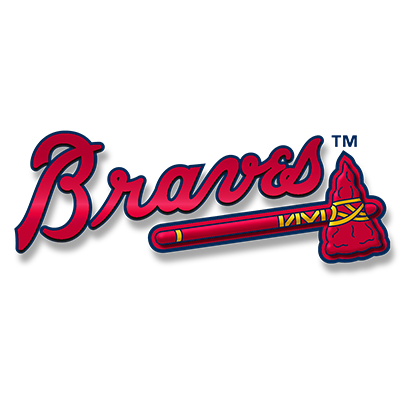 Ronald Acuna, OF, Braves (Class A Rome, South Atlantic League)
Ronald Acuna, OF, Braves (Class A Rome, South Atlantic League)
Ht/Wt: 6’0”/180 B/T: R/R Age: 18 yrs, 9m
Acuna had a mini-breakout in 2016, slashing .311/.387/.432 as an 18-year-old in full season ball, but the precocious outfielder struggled at times with same side spin and hasn’t yet come close to reaching his full potential in the box. A 2014 J2 signee out of Venezuela, Acuna has already logged 416 PAs in the U.S., despite missing significant time early this year after having surgery on his thumb. There’s potential for a plus hit tool and at least above-average playable power, thanks to an advanced feel for the strike zone, impressive bat speed, and a strong core that will continue to add voltage to his cuts as he matures. Acuna can already drive the ball to the opposite field with authority, and it seems like a foregone conclusion that regular over-the-fence pop is going to follow in time.
While Acuna shows patience at the plate that belies his age, he can get borderline passive at times, forcing him to expand the zone while working behind in the count. Part of development is understanding the process of not only putting together a plan at the plate, but also learning to deviate from that plan game-to-game, and even at-bat to at-bat, as situations dictate. Acuna has the natural feel to develop that part of his profile instinctually with added reps, with the benefits extending to both the quality of his contact and the power production he is ultimately able to uncork.
Defensively, Acuna has a strong foundation to help him grow into a solid center fielder at the highest level, including good speed and an adequate ability to close at the margins of his range, despite limited experience in pro ball. The maturation of his body will likely help steer him to his ultimate home in the grass – center field if he retains enough speed to cover the requisite turf, and a corner-outfield spot if he gets a little to bulky from his trunk through his core. At all three spots, the stick could be an impact weapon, and given the growth he’s shown in just a sliver of stateside experience it’s easy to picture Acuna quickly growing into one of the more exciting young bats in the minors. – Nick J. Faleris
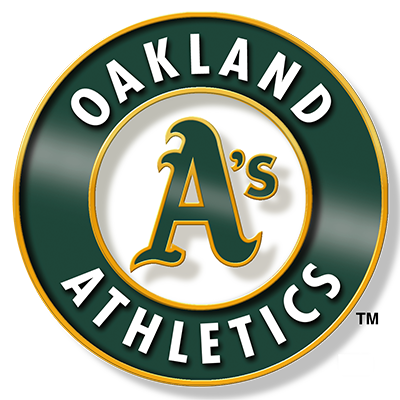 Franklin Barreto, SS/2B, Athletics (Double-A Midland, Texas League)
Franklin Barreto, SS/2B, Athletics (Double-A Midland, Texas League)
Ht/Wt: 5’10”/190 B/T: R/R Age: 20 yrs, 6m
There’s an argument to be made that 2016 has already served as Barreto’s breakout season, with the 20-year-old putting up a .281/.340/.413 slash line over 507 PAs in the Texas League – primarily against talent three-to-five years his senior. There is even more to come with the bat, however, and the former J2 standout stands poised to blossom into a true impact bat that could help anchor the top of the Athletics lineup in the not-to-distant future.
Over the course of his 2016 Barreto improved his approach markedly, cutting down on empty swings and keeping a better handle in general on his impactful hacks that had, at times in the past, gotten a bit unwieldy. A better approach has resulted in more consistent hard contact thanks to his natural feel for finding the ball with the barrel, and while additional Triple-A reps could help with the transition to tackling big league arms, Barreto has the natural feel for hitting that should help him stay afloat as he acclimates to advanced competition.
His 2016 exposure to Triple-A was limited to a four-game stint to close out the year and a full five-game playoff series against Oklahoma City last week. During that playoff run, Barreto had no issue stepping in and holding his own, going 8-for-19 with a home run, a triple, and two doubles while also drawing three walks and striking out six times. The conservative road to take would be to have the Venezuelan tackle the Pacific Coast League in earnest next spring, logging further reps in the box and across the dirt in order to maximize his utility in Oakland. He isn’t a natural fit at shortstop, but he can hold his own at present, and the arm is strong enough to handle the hot corner and the turn at the keystone, alike. If he doesn’t break camp with the A’s next spring he should get the call in short order, and could be a quality contributor as part of next year’s club. – Nick J. Faleris
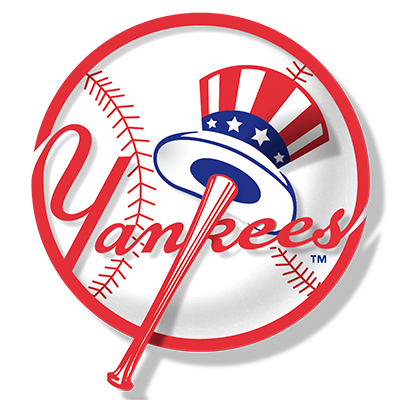 Blake Rutherford, OF, Yankees (Rookie Pulaski, Appalachian League)
Blake Rutherford, OF, Yankees (Rookie Pulaski, Appalachian League)
Ht/Wt: 6’3”/195 B/T: L/R Age: 19 yrs, 4m
On talent alone there was a case for Rutherford as a top five target in the 2016 MLB Draft class, with the UCLA commit showing true five-tool potential, albeit without a present plus tool at his disposal. That lack of ‘surefire’ impact likely played into his slipping down to the Yankees with the 18th-overall pick – an outcome that should thrill a Yankee fanbase that has enjoyed an influx of young talent into the minor league system this summer. Advocates of Rutherford are unanimous in their belief that the hit tool will ultimately carry the profile, and early returns seem to back up those bullish prognostications.
Over 130 PAs this summer (100 with Rookie Pulaski and 30 in the Gulf Coast League), Rutherford raked to the tune of a .351/.415/.570 slash line, showing easy gap power and a knack for matching swing plane to pitch plane, resulting in a wide contact zone and regular impactful contact. There isn’t much natural lift in swing yet, but as the body matures and he continues to learn which pitches he can drive with authority, there could be above-average in-game power from the left side that would play well in the Bronx. He runs well and is “good” aggressive on the base paths, taking the extra base when available and showing good reads as the play unfolds in front of him, additionally aiding in future extra-base production.
Rutherford can handle center field at present and is athletic enough to dream on as a long-term option in the middle of the field so long as his physical maturity doesn’t eat too much into his straight-line speed. The arm works and might be enough for right field should he need to shift to a corner, but ultimately it’s going to be the bat that makes Rutherford a future Yankee regular, and potentially an anchor in their lineup. The SoCal native is advanced enough to jump to full-season ball to start 2017, and he could firmly establish himself as a national name by this time next year. – Nick J. Faleris

